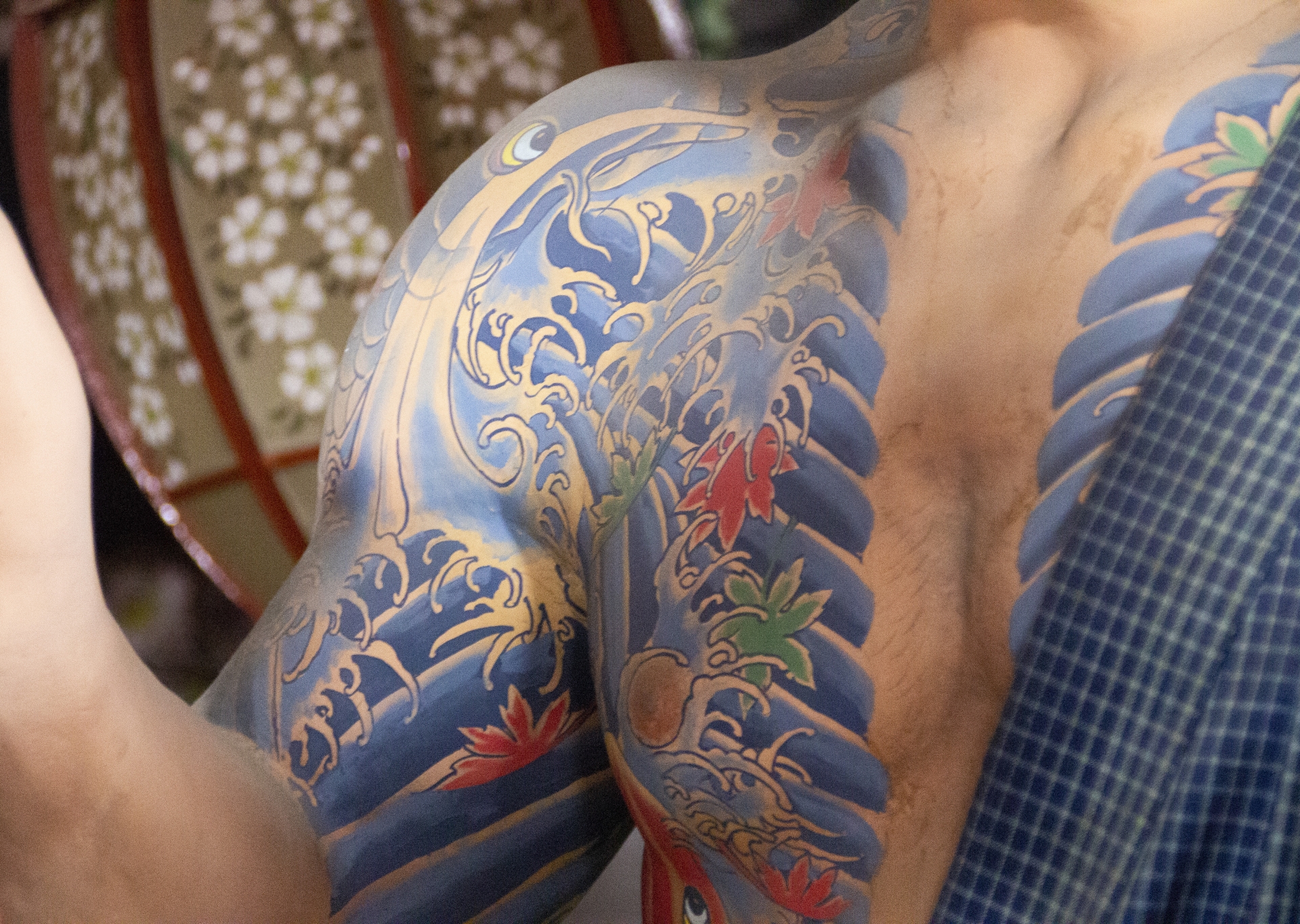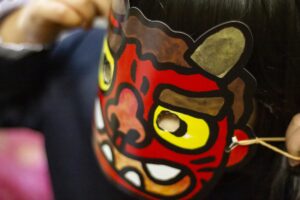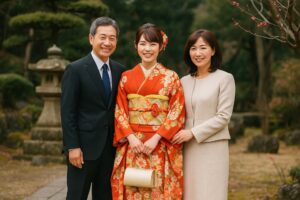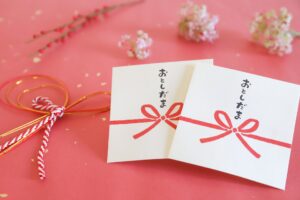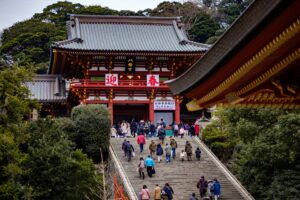Japanese traditional tattoos, or Irezumi, are deeply rooted in the country’s culture and history. Once stigmatized, these intricate designs have become celebrated symbols of strength, protection, and spiritual connection. This article delves into the history, popular designs, techniques, and the lasting appeal of Irezumi.
Japanese Traditional Tattoos (Irezumi): A Historical Overview
Traditional Japanese tattoos, commonly known as Irezumi, have a fascinating history that dates back centuries. Originally, these tattoos were used to mark criminals as a form of punishment. Over time, however, the art of Irezumi evolved into a highly respected and intricate form of cultural expression. Influences from Japanese mythology, folklore, and religious iconography played a significant role in shaping the motifs found in traditional tattoos. Notably, Irezumi became closely associated with the Yakuza, Japan’s organized crime groups, adding an element of secrecy and rebellion to their identity. However, in modern times, Irezumi is gaining mainstream acceptance as an art form, transcending its criminal associations and captivating tattoo enthusiasts worldwide.
Symbolism of Traditional Japanese Tattoo Motifs
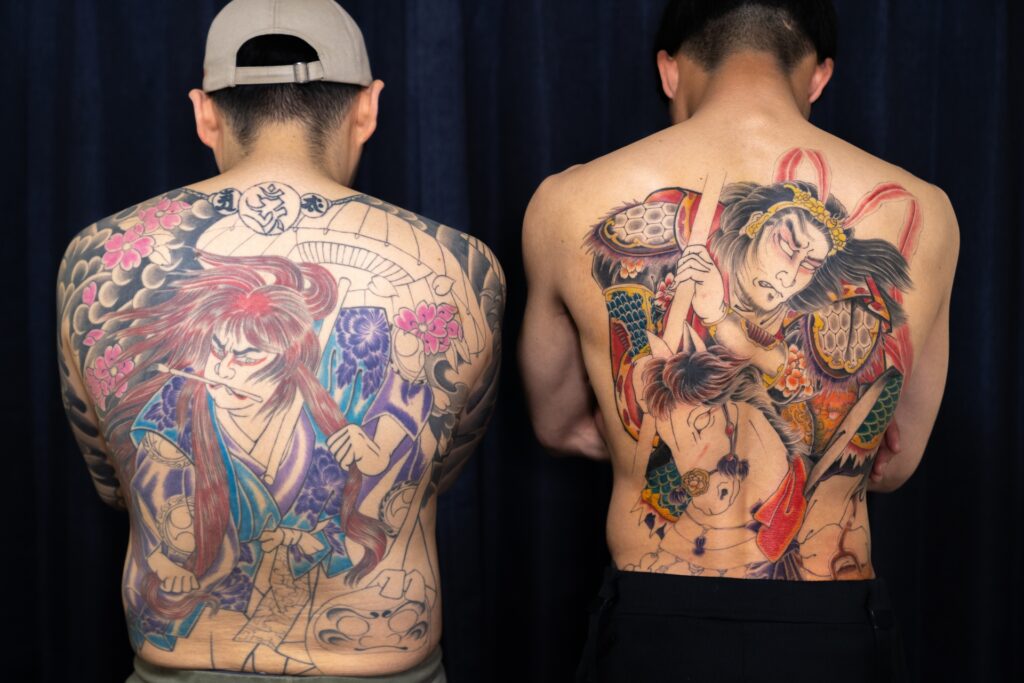
Traditional Japanese tattoos are rich in symbolism, with each motif carrying deep cultural and mythological significance. Common motifs include dragons, koi fish, cherry blossoms, tigers, and waves. These designs are often large and intricately detailed, covering significant portions of the body. Dragons, for instance, symbolize power, strength, and wisdom, while koi fish represent perseverance and success. Cherry blossoms are symbols of beauty and the transient nature of life. Tigers convey courage and protection, and waves signify the power of the ocean and the impermanence of life. Each element is carefully chosen to convey personal meaning, making every Irezumi a unique piece of living art.
Dragons and Koi Fish in Japanese Tattoos
Dragons and koi fish are two of the most iconic symbols in traditional Japanese tattoos. Japanese dragons are revered as powerful, benevolent forces that protect and bring good fortune. Different types of dragons can represent various virtues such as wisdom or strength. The koi fish, on the other hand, is a symbol of perseverance and transformation. According to legend, koi fish swim upstream and, upon reaching the top of a waterfall, transform into a dragon. This story embodies the spirit of overcoming obstacles and achieving great success, making the koi a popular choice for those looking to symbolize personal growth and resilience.
The Tebori Technique: Hand-Poked Japanese Tattooing
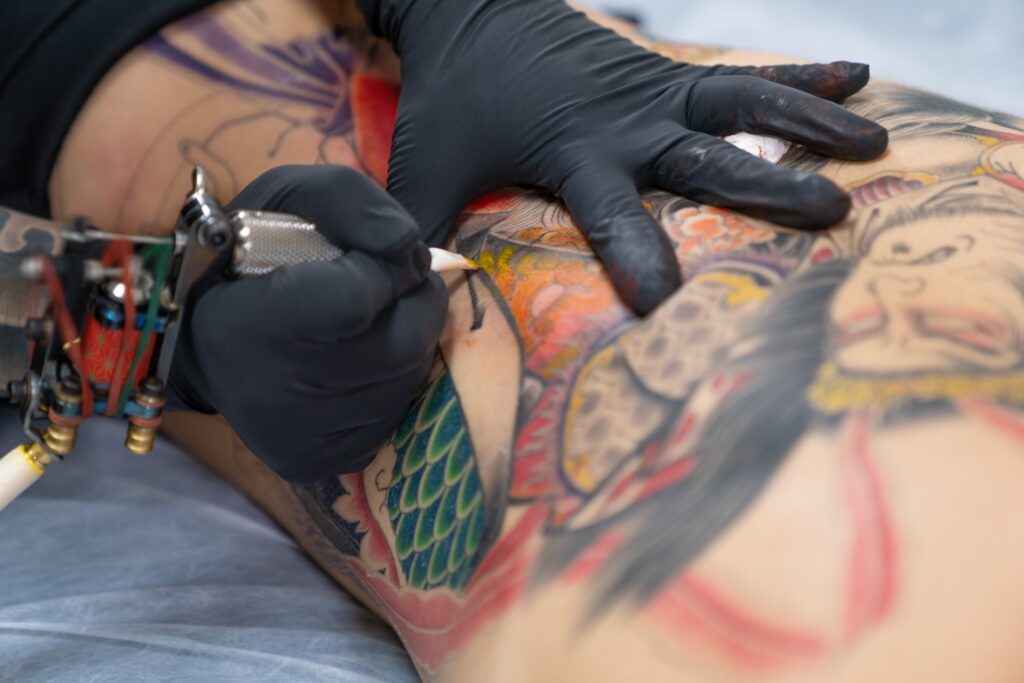
One of the most distinguishing features of traditional Japanese tattooing is the Tebori technique, a method where tattoos are hand-poked rather than created with a machine. Tebori, meaning “hand-carving,” involves using a metal rod with needles to insert ink into the skin manually. This technique requires immense skill and precision and results in a unique texture and depth not typically achievable with modern tattoo machines. Tebori tattoos are often seen as a connection to the ancient traditions of Irezumi, and those who practice it continue to uphold its legacy. Although machine tattooing is more common today, the Tebori method remains revered in Japanese tattoo culture.
Modern Tebori Artists and Where to Find Them
Finding a Tebori artist is a quest in itself, as not all tattooists are trained in this traditional method. In Japan, many artists who specialize in Tebori are highly selective about their clients, often requiring personal recommendations. However, Tebori artists can also be found internationally, especially in tattoo studios that focus on Japanese traditional styles. When seeking out a Tebori artist, it’s important to consider their certifications, experience, and reputation within the tattoo community. Ethical considerations, such as respect for the cultural significance of the art, should also be kept in mind when choosing an artist.
Is it Culturally Appropriate to Get a Japanese Traditional Tattoo?

The question of whether it is appropriate for non-Japanese individuals to get Irezumi tattoos is a topic of ongoing debate. While some view it as an appreciation of Japanese culture, others see it as cultural appropriation, especially if the tattoo’s significance is not fully understood. It is essential to approach the decision with respect and knowledge, acknowledging the deep cultural roots and historical context of the art form. Consulting with a knowledgeable artist and learning about the meanings behind specific motifs can help ensure that your tattoo honors the tradition rather than merely using it for aesthetic purposes.
Caring for a Japanese Traditional Tattoo: Aftercare Tips
Aftercare is crucial for ensuring that a Japanese traditional tattoo, especially one done with the Tebori technique, heals properly and maintains its vibrant colors. It is recommended to follow the artist’s aftercare instructions carefully, which typically include keeping the tattoo clean and moisturized and avoiding direct sunlight during the healing process. Tebori tattoos, due to the hand-poked technique, may require a longer healing time compared to machine-done tattoos. Applying fragrance-free lotion and avoiding excessive water exposure, especially from pools or baths, will help the tattoo heal well and preserve its details for years to come.

